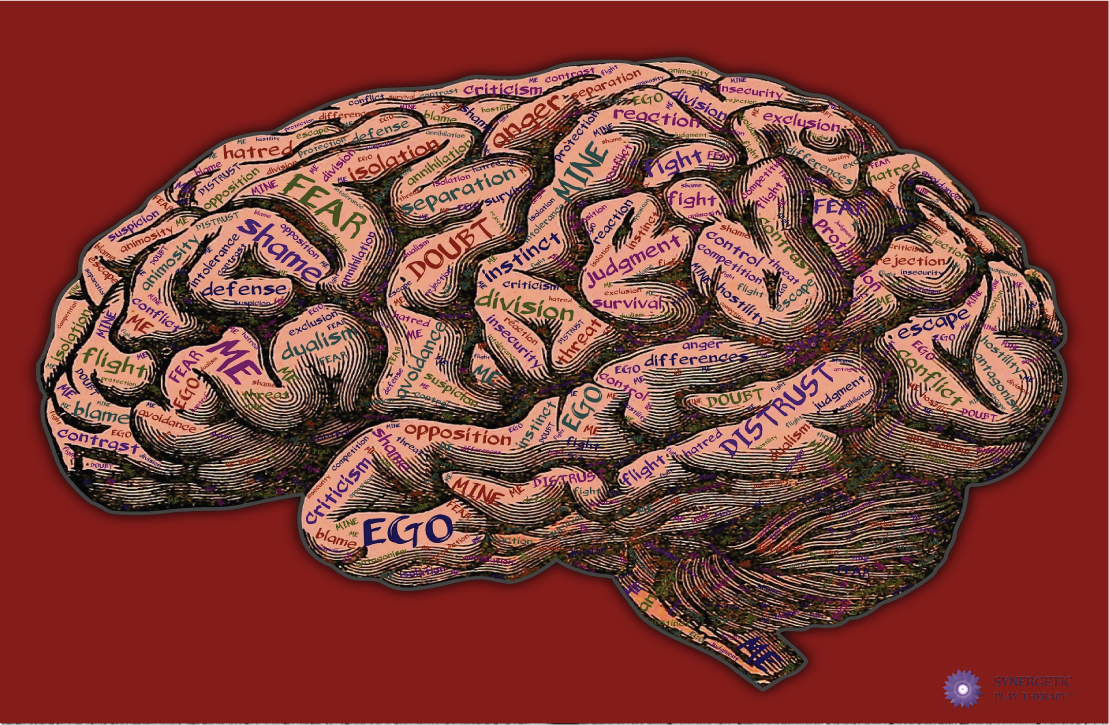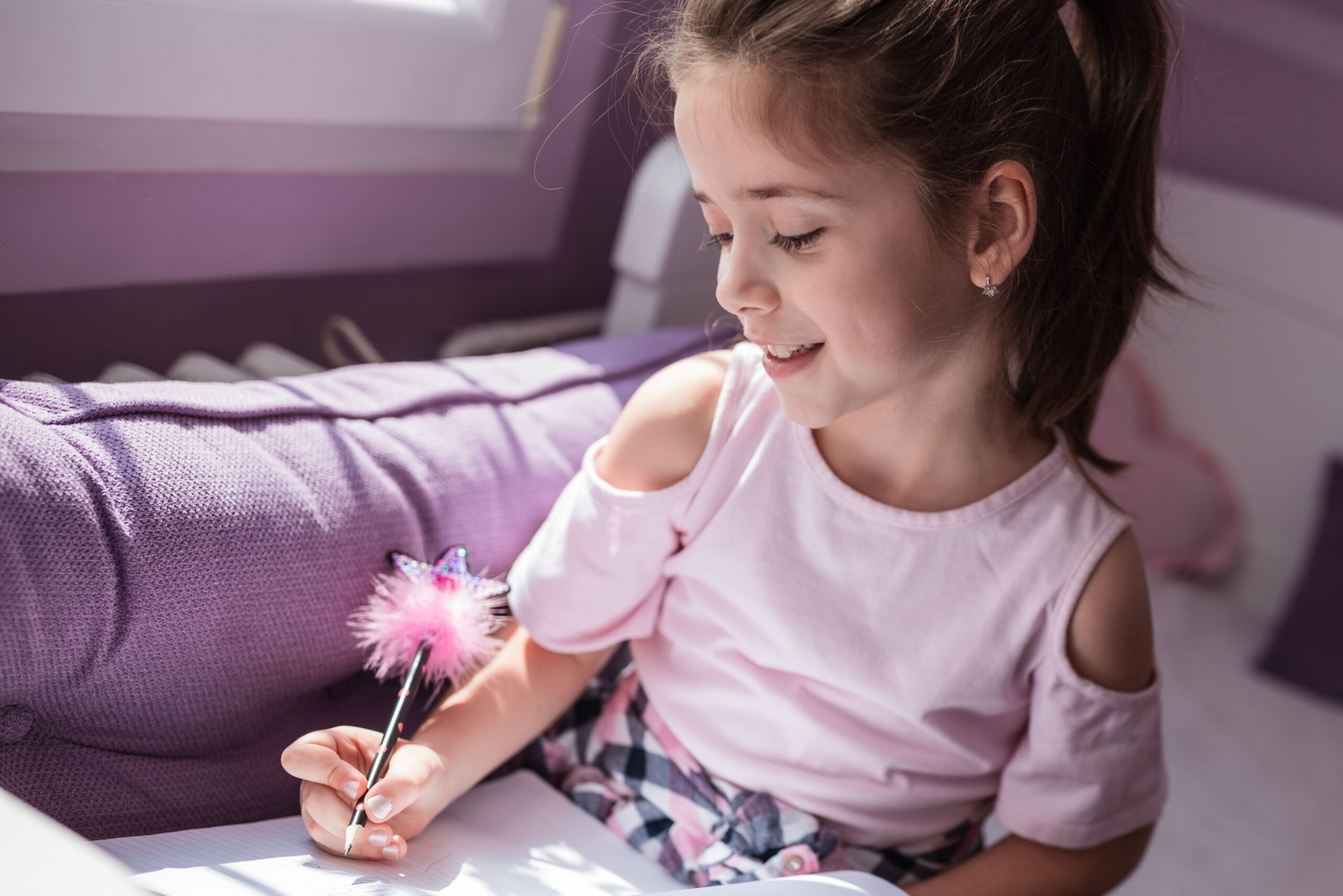by Lisa Dion, LPC, RPT-S
Most of us, at some point in our practice, will encounter a parent not yet sold on play therapy – we come across dads full of doubts or moms musing over why therapy isn’t the answer. This challenges us – naturally, it’s easier to work with parents who embrace flexibility like they’re playing a game of Twister. But life doesn’t work that way and many parents hang back for a variety of reasons.
One of the biggest reasons for this hesitation is shame. Parents jump to conclusions that therapy is somehow embarrassing or speaks negatively of them as caretakers.
Clinicians know this isn’t true: every child deserves a play therapy experience! Yet telling people not to be ashamed is often futile; it’s like telling someone not to look down as they stand on the roof of a building.
Understanding this shame is another story.
Neuroscience blames shame on the brain – more specifically, on the pregenual anterior cingulate cortex. This is a tiny area of the brain that dictates the emotional response to things with the potential for embarrassment.
Virginia Sturm, from the Memory and Aging Center at the University of California, reported on this idea at the American Academy of Neurology annual meeting several years ago. By studying the pregenual anterior cingulate cortex, she discovered that changes in the brain influence how much shame a person feels. Under identical circumstances, different people experience varying amounts of shame – some experience a lot and some experience very little (or none at all).
She concluded that size dictated the emotional response: people with larger pregenual anterior cingulates experienced higher amounts of shame (and vice versa). Size, in turn, also dictated how people interact with others as well as automatic processes like breathing and heart rate.
What all of this means is that altering the activity of the pregenual anterior cingulate could potentially help those who sit on either end of the embarrassment spectrum, both those who have a difficult time relating to people because they’re not aware of how their behaviors affect others and those who beat themselves up because they over-inflate the amount of shame a benign act warrants.
All of this helps us remember that shame is a biological response. To err is human and to feel shameful about that error is human too.
But what does this mean for play therapy? How can we help parents let go of their shame and work with us as active allies?
It starts with understanding shame – it’s an emotion more pervasive than guilt. In the words of Brene Brown, “Shame is the focus on self; guilt is the focus on behavior.” Guilt is more fleeting than shame – it fades away where shame remains. And this makes shame a mountain that can be difficult to summit.
But, fortunately, shame is something we can work with.
To help parents feeling shame, there are a few things you can do. These include:
Explain what therapy is really about: Play therapy isn’t about fixing anyone who’s broken. It’s not about a child (or a parent) having done something wrong. Rather, play therapy is a gift and an opportunity. It’s also something from which every child can benefit.
Encourage them to practice self-compassion: For most of us, it’s human nature to be harder on ourselves than we are on each other. The benefit of the doubt? We give it to our neighbors, our friends, our coworkers, but we don’t give it to the mirror. Encouraging parents to practice self-compassion helps them to see the truth in therapy – it’s nothing to be ashamed of!
Point out little accomplishments: It’s not always easy for parents to see the little accomplishments made in the course of therapy. A mom focused on a son who throws tantrums may fail to see that those tantrums are growing shorter and further apart. As clinicians, it’s our job to guide parents towards these accomplishments. This helps reinforce the value of therapy, of course, but it minimizes shame as well. Moms and dads won’t have time to feel embarrassed; they’ll be too busy celebrating their child’s victories.
Shame is something many parents bring into the playroom. But, with a bit of awareness and the above tips, we can help make sure that it doesn’t stay there long.
Interested in credits and courses delivered to your living room? Take a look at all our classes, available on our learning site.





